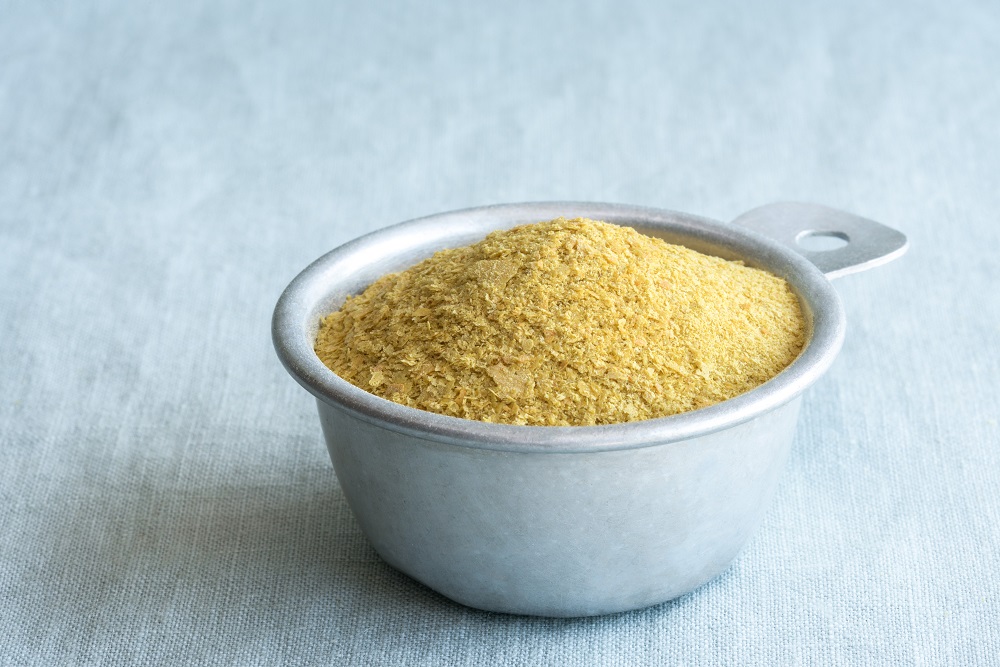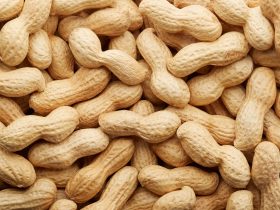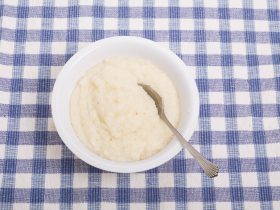Nutritional yeast, otherwise referred to as “nooch”, is a somewhat popular addition to many dishes owing to its vegan nature as well as the ease of using it. With a cheesy and nutty flavor, nutritional yeast is often used to flavor popcorn or vegan dishes that require a distinct savory dairy product flavor without a dairy-like texture.
Apart from its use as a cheese-flavored topping, nutritional yeast is also used as a thickening agent, especially in savory custards or vegan baked goods. However, owing to the fact that nutritional yeast is practically a disabled fungal culture, many home chefs wonder precisely how long it is that this cheese substitute can last1.
In ideal conditions and stored in a container free of open air-flow, nutritional yeast can last for up to two years, though it is possible they will begin to lose quality sooner than this point in time. Keep the nutritional yeast as far away from any sources of moisture or humid air such as windows or sinks, as this will degrade it rapidly and cause it to spoil.
How Long Does Nutritional Yeast Last at Room Temperature?
In most cases of food storage, keeping organic food products in a room temperature storage area with very little effort made to control for spoiling factors will often result in premature expiration of said organic food products.
However, as nutritional yeast is essentially dead fungal colonies, they can last for quite some time at room temperature, so long as the room is appropriate for storage.

As humidity is the primary contributing factor to the eventual spoilage of nutritional yeast, it is vitally important to keep your nutritional yeast in an air-tight container should you choose to keep it in a room temperature area.
Apart from insulating the yeast from air-flow, it is also advisable to place the container of nutritional yeast in a dark and cool area of your cupboard or pantry, ensuring that it is far from any sources of humidity or moisture, such as the back of a refrigerator or beneath pipes.
If these conditions are all met and the yeast has only recently been removed from its original packaging, it should retain a shelf-life of up to two years, though repeated exposure to the open air may cause it to degrade in quality over time.
How is Nutritional Yeast Stored Differently from Active/Baking Yeast?
The primary difference between nutritional yeast and its active counterpart is the fact that the yeast microbes are still completely alive and as such require slightly different storage conditions than nutritional yeast itself.
Considering the fact that nutritional yeast has been largely inactivated and dehydrated in such a way that any surviving yeast microbes are incapable of reproducing, nutritional yeast should only truly be at risk of spoilage when exposed to direct light or moisture.
This is significantly different than the storage requirements for baking yeast, and as such the maximum shelf-life between the two kinds of yeast are quite different, with nutritional yeast capable of lasting more than a year longer in comparison to baking yeast’s own modest shelf-life.
How Long Does Nutritional Yeast Last in the Fridge?
Much like choosing to store your nutritional yeast in your pantry or cupboard, preserving the yeast in your refrigerator is an excellent way to ensure that it reaches its absolute maximum length of shelf-life, allowing you to prevent waste by spoilage.
However, the difference in temperatures when placing a room temperature or warm container of nutritional yeast in the cold refrigerator may cause the formation of condensation within the yeast’s container.
As always, it is absolutely vital to avoid any sort of moisture coming into contact with your nutritional yeast. As such, it is a good idea to first allow the nutritional yeast to at least return to room temperature before storing in the refrigerator.
In order to extend the nutritional yeast’s relative shelf-life as long as possible, either leave the yeast within the package it was originally purchased in or move to an air-tight container with a small amount of space between the container’s lid and the yeast.
Keep the container of nutritional yeast away from the humidity of the crisper as well as any sources of light, such as the fridge’s pilot light.
Stored in the best possible conditions, the yeast will retain a shelf-life of up to two years in your refrigerator.
Can you Freeze Nutritional Yeast?
While most organic foodstuffs tend to experience a loss in taste or texture when placed in the freezer, nutritional yeast is not affected in any way by the low temperatures of freezing.
This is due to the lack of moisture present in the flaky cheese substitute, though inversely this very dry nature is the reasoning behind why freezing nutritional yeast is not an advisable choice.
In the event that your nutritional yeast is rapidly warmed from the freezer, condensation may form along the inner walls of the yeast’s storage container, causing it to congeal or otherwise expire if left out in the open for too long.
However, should you still wish to go ahead with freezing your nutritional yeast, store the nutritional yeast in its original packaging or otherwise in an air-tight container made of sufficiently sturdy enough material to withstand the temperatures of the freezer.
Store the container of nutritional yeast in the deepest part of your freezer, far from freezer vents or fans that may cause freezer burn.
When choosing to thaw your nutritional yeast, first place it in the fridge to minimize the chance of condensation forming within the container.
Does Nutritional Yeast Go Bad?
Yes, though it may take some time, nutritional yeast is perfectly capable of going bad.
An excellent way to tell if your nutritional yeast is no longer safe to consume is to sniff the flakes. If they no longer emit their signature funky yeast smell, it is likely that the nutritional yeast has been stored improperly and may have begun to spoil.
Apart from an altered odor, discoloration of the otherwise yellow yeast flakes can be an indication that the nutritional yeast has begun to be colonized by other forms of fungi. Should you notice these tell-tale signs of spoilage, it is best to dispose of the entire batch immediately.
Do not attempt to taste the yeast if you suspect that it has begun to spoil, as this can cause serious diseases that may require hospitalization in certain members of the population.
Another way to ascertain whether your yeast is still safe to eat is to refer to the best-by date printed on the nutritional yeast’s packaging, and to add approximately twelve months to this date.
Does Nutritional Yeast Expire Faster than Cheese?
Another benefit to using nutritional yeast in your dishes as opposed to cheese products is the fact that nutritional yeast has several multitudes longer a shelf-life than that of cheese itself.
Lasting approximately two years in the correct conditions, nutritional yeast is more than capable of acting as a long term shelf-stable cheese replacement for all sorts of cooking purposes, such as a thickening agent or as a savory topping.
However, one drawback to using nutritional yeast as a long-term replacement of cheese is the fact that it is not as resistant to humid environments as cheese is, such as in cellars or refrigerators with poor moisture control.
References
1. “Large flake nutritional yeast”. USDA Branded Food Products Database. United States Department of Agriculture.
2. Wasserman, Debra (1997). Conveniently Vegan (Revised. ed.). Baltimore, Md.: Vegetarian Resource Group.





Hi, I'm Dom
Dom Eats was started to help other people fall in love with food. While cooking can feel intimidating, it doesn't have to be.